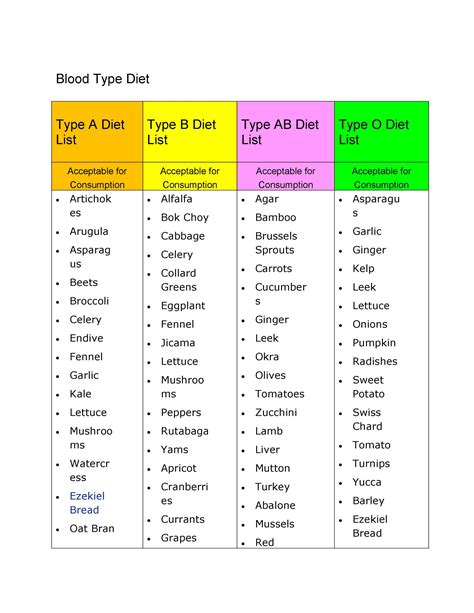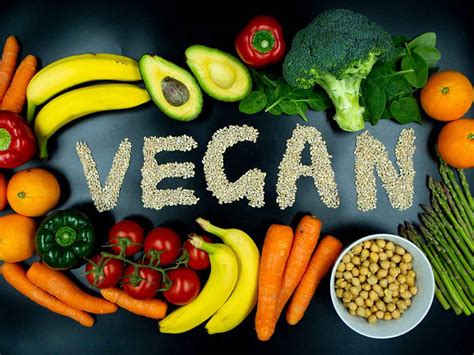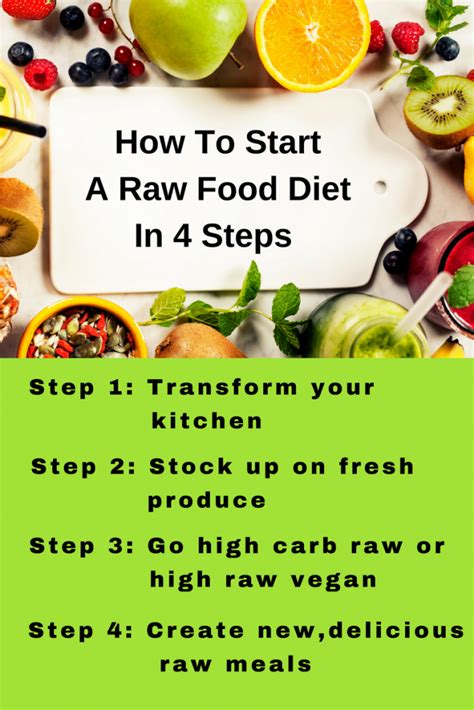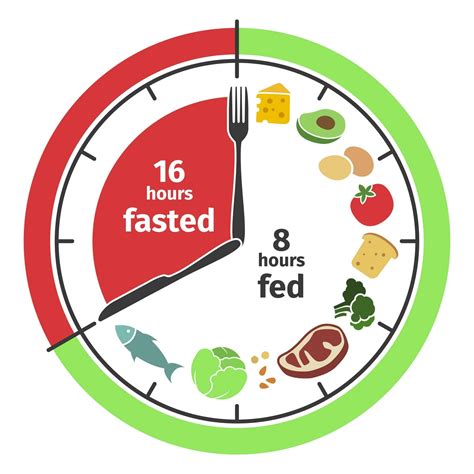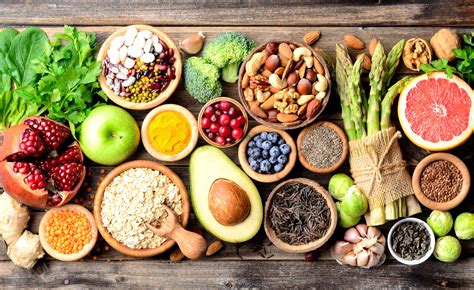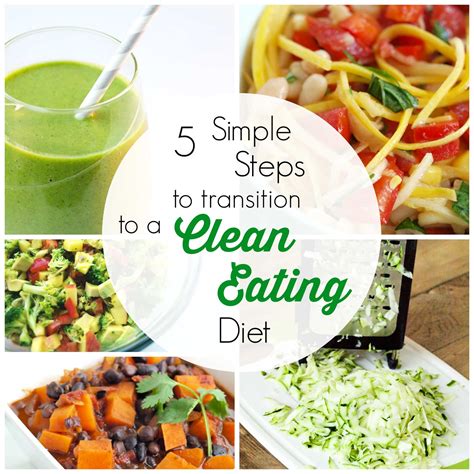Discover the benefits of a liquid diet, learn about different types, and get tips for a successful transition and long-term success.
Introduction to Liquid Diet
Contents
A liquid diet is a special diet that involves consuming only liquids or foods that turn into a liquid at room temperature. This type of diet is often prescribed by doctors for medical reasons, such as pre- or post-surgery, or for individuals who have difficulty chewing or swallowing solid foods. It can also be used as a short-term weight loss strategy, although it is important to consult with a healthcare professional before starting any new diet.
One of the main benefits of a liquid diet is that it provides essential nutrients in an easily digestible form. This can be especially beneficial for individuals with digestive issues or those who are recovering from illness or surgery. Additionally, a liquid diet can help to maintain hydration levels, which is crucial for overall health and well-being.
There are different types of liquid diets, ranging from clear liquids to full liquids. A clear liquid diet includes fluids that are easily digested and leave little to no residue in the intestine. This type of diet may be recommended before certain medical tests or procedures. On the other hand, a full liquid diet includes all liquids as well as foods that become liquid when they are at room temperature, such as ice cream or gelatin. It is important to follow the specific guidelines provided by a healthcare professional when embarking on a liquid diet, as it may be necessary to meet certain nutritional requirements.
Transitioning to a liquid diet should be done gradually to allow the body to adjust. It is important to start by eliminating solid foods and replacing them with clear liquids, such as water, broth, and fruit juices. As the body adapts to the liquid diet, other full liquid options can be introduced. It is important to monitor how the body responds to the diet and make adjustments as needed.
For a successful liquid diet, it is essential to stay hydrated and maintain a balanced intake of essential nutrients. Adding protein supplements or meal replacement shakes can help to ensure that the body is receiving the necessary nutrients. It is also important to maintain regular contact with a healthcare professional to monitor progress and make any necessary modifications to the diet plan.
Benefits of Liquid Diet
One of the benefits of a liquid diet is that it can help with weight loss. By consuming only liquids, you are likely to consume fewer calories than you would on a regular diet. This can lead to a calorie deficit, which in turn can result in weight loss. Additionally, liquid diets can also give your digestive system a break, which can help with bloating and digestion issues.
Another benefit of a liquid diet is that it can provide a nutrient boost. Many liquid diet options, such as smoothies and juices, are packed with vitamins, minerals, and antioxidants. By consuming these nutrient-dense liquids, you can ensure that you are getting a wide variety of essential nutrients without having to eat large quantities of food.
Liquid diets can also be beneficial for individuals with certain digestive issues, such as Crohn’s disease or irritable bowel syndrome. For these individuals, consuming liquid meals can be easier on the digestive system and may help to reduce symptoms such as bloating, cramping, and diarrhea.
Additionally, liquid diets can be a convenient option for individuals with a busy lifestyle. Preparing and consuming liquid meals can often be quicker and more convenient than preparing and eating traditional solid meals. This can be particularly helpful for individuals who are constantly on the go and struggle to find time to prepare healthy meals.
Finally, some people may find that a liquid diet helps to reset their eating habits. By taking a break from solid food and consuming only liquids for a period of time, individuals may be able to break unhealthy eating patterns and cravings, and adopt a healthier approach to food.
Types of Liquid Diet
Liquid diets are a popular choice for people looking to lose weight quickly or those who need to undergo a medical procedure. There are different types of liquid diets, each with their own unique benefits and restrictions. It’s important to understand the various options available to determine which one is best for your individual needs and goals.
One common type of liquid diet is the clear liquid diet, which is often recommended before medical procedures or surgeries. This diet consists of clear liquids such as water, broth, and tea, and does not include any solid foods. Although it is low in calories and nutrients, it is easy to digest and helps keep the digestive system clear.
Another type of liquid diet is the full liquid diet, which includes a wider variety of options such as milk, yogurt, and strained soups. This diet provides more nutrients and calories compared to a clear liquid diet, while still being easy to digest. It is often used as a transitional diet for people recovering from surgery or those with difficulty chewing or swallowing solid foods.
Meal replacement shakes are also a common form of liquid diet, which typically involve replacing one or two meals a day with a high-protein, low-calorie shake. These shakes are designed to provide essential nutrients without the need for meal preparation, making them a convenient option for people on the go.
Finally, there are commercial liquid diets that consist of pre-packaged, ready-to-drink beverages or powders. These diets often claim to provide all the nutrients your body needs while promoting weight loss. However, it’s important to carefully read the labels and consult with a healthcare professional before starting a commercial liquid diet to ensure it is safe and effective for your individual needs.
How to Transition to Liquid Diet
Transitioning to a liquid diet can be challenging, but with the right approach, it can be a smooth and successful process. The most important thing when transitioning to a liquid diet is to do it gradually. Start by replacing one meal a day with a liquid meal such as a smoothie or soup. This will give your body time to adjust to the change and prevent any sudden shock to your system.
Another important factor to consider when transitioning to a liquid diet is to make sure you are getting all the nutrients your body needs. Liquid diets can sometimes be lacking in certain vitamins and minerals, so it’s important to supplement your diet with protein powders, vitamins, and minerals to ensure you are meeting your nutritional needs. You can also include a variety of liquids such as vegetable juices, fruit juices, and protein shakes to ensure a well-rounded diet.
It’s also important to stay hydrated when transitioning to a liquid diet. Since you will be consuming more liquids, it’s important to drink plenty of water throughout the day to keep your body hydrated. Dehydration can lead to fatigue and other health issues, so be sure to drink enough water to maintain your energy levels and overall well-being.
Lastly, be sure to listen to your body when transitioning to a liquid diet. If you feel lightheaded, weak, or experience any negative symptoms, it’s important to consult with a healthcare professional to ensure you are transitioning to a liquid diet in a safe and healthy manner.
Tips for a Successful Liquid Diet
When embarking on a liquid diet, it’s important to have a plan in place to ensure success. One of the most important tips for a successful liquid diet is to consult with a healthcare professional before starting. They can provide valuable advice and guidance to ensure that the liquid diet is safe and appropriate for your individual needs.
Next, it’s essential to stay hydrated throughout the liquid diet. This means drinking plenty of water and other clear fluids to prevent dehydration. Additionally, consuming nutrient-rich liquids such as smoothies, soups, and protein shakes can help ensure that your body is getting the essential vitamins and minerals it needs.
Another tip for a successful liquid diet is to listen to your body. Pay attention to how you are feeling and make adjustments as needed. If you are feeling weak or lightheaded, it may be necessary to incorporate more substantial liquids or to transition to a different type of diet.
It’s also important to manage cravings during a liquid diet. Finding creative and enjoyable liquid recipes can help prevent feelings of deprivation and make the diet more sustainable. Additionally, seeking support from friends and family can make the process easier and more enjoyable.
Finally, it’s crucial to gradually transition back to solid foods after completing a liquid diet. This can help prevent digestive discomfort and ensure that your body is able to properly adjust to a regular diet. Overall, following these tips can help ensure a successful and sustainable liquid diet.


